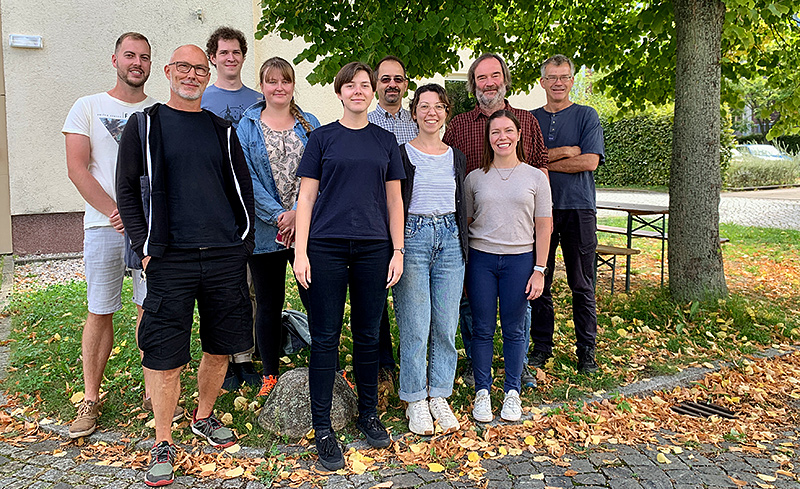AromaTEX
GAČR-DFG Cooperation: Joint German-Czech Project
Accumulation in textiles and and release by laundry as an emission pathway for aromatic amines from indoor environments to waste- and river water

Chemical contamination in indoor environments contains a wide range of chemicals emitted by indoor objects, materials or indoor human activities and can pose a risk to aquatic ecosystems when the chemicals enter the water cycle. Aromatic amines (AAs) are reported in many studies to be key drivers of mutagenicity in surface waters, as well as in domestic wastewaters originating from indoor human activities like tobacco smoking, grilling meat and hair dyeing. They can adsorb to textiles via gaseous sorption or accumulation of particles such as house dust. Laundered textiles contaminated with AAs by indoor emission sources act as a vector of these substances to wastewaters. This pathway may help us understand better the occurrence of AAs without clear emission sources found in surface waters.
In AromaTEX we investigate the pathway of indoor aromatic amines via textile laundry waters into surface waters in the following four aspects: (i) functional group specific nontarget screening to detect the whole compound class in all matrices along the suggested pathway (ii) development and use of monitoring tools to selectively enrich aromatic amines from wastewater and surface waters to unravel their fate in wastewater treatment plants (WWTPs) (iii) characterizing uptake of aromatic amines on textiles through air and particle adhesion and their distribution in indoor environments via laboratory and field-based textile exposure experiments and (iv) applying all developed tools and methods in combination with diagnostic mutagenicity testing to elucidate the input of the proposed emission pathway. This includes textile exposure in indoor environments with different AA sources, laundry experiments, and sample collection from WWTPs and effluent receiving waters to identify the source-related patterns, and to unravel the key AAs that drive the observed mutagenic activities.

Cooperation partners:
RECETOX (Research Centre for Toxic Compounds in the Environment) - Masaryk University, Brno
PI: Dr. Branislav Vrana (branislav.vrana@recetox.muni.cz)
Co-PI: Dr. Lisa E. Melymuk (lisa.melymuk@recetox.muni.cz)
PhDs: Özge Edebali (ozge.edebali@recetox.muni.cz) and Simona Krupčíková (simona.krupcikova@recetox.muni.cz)
